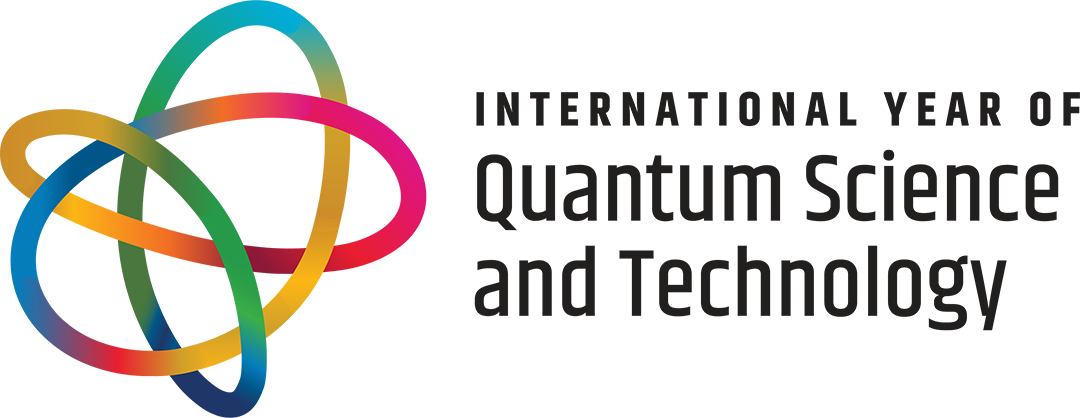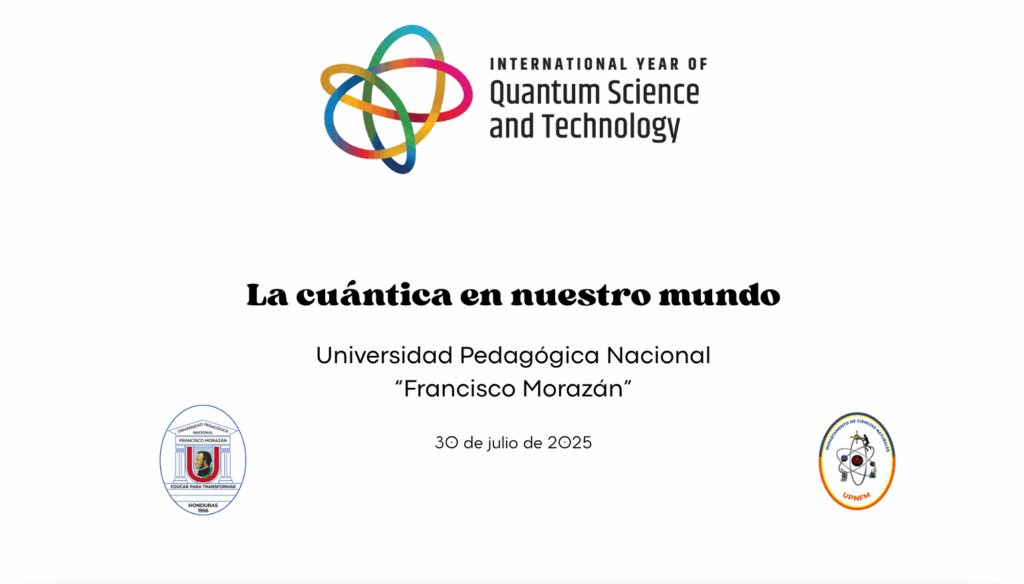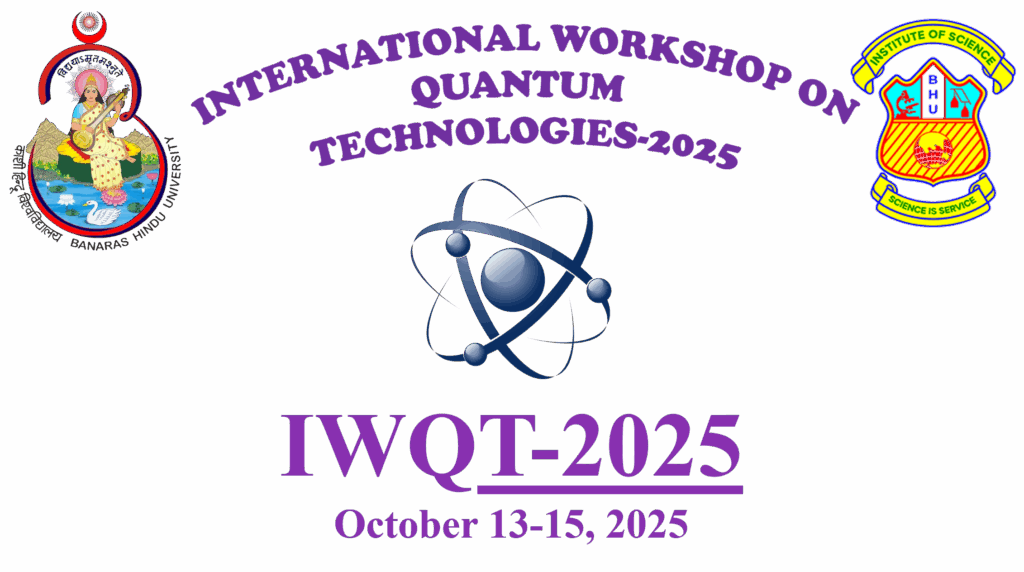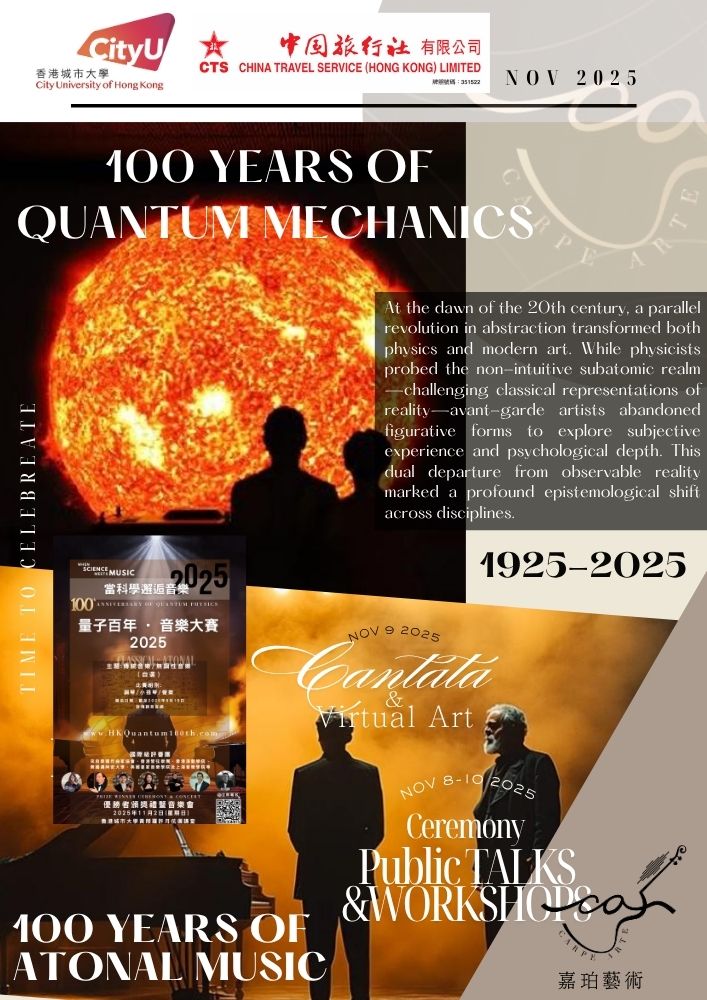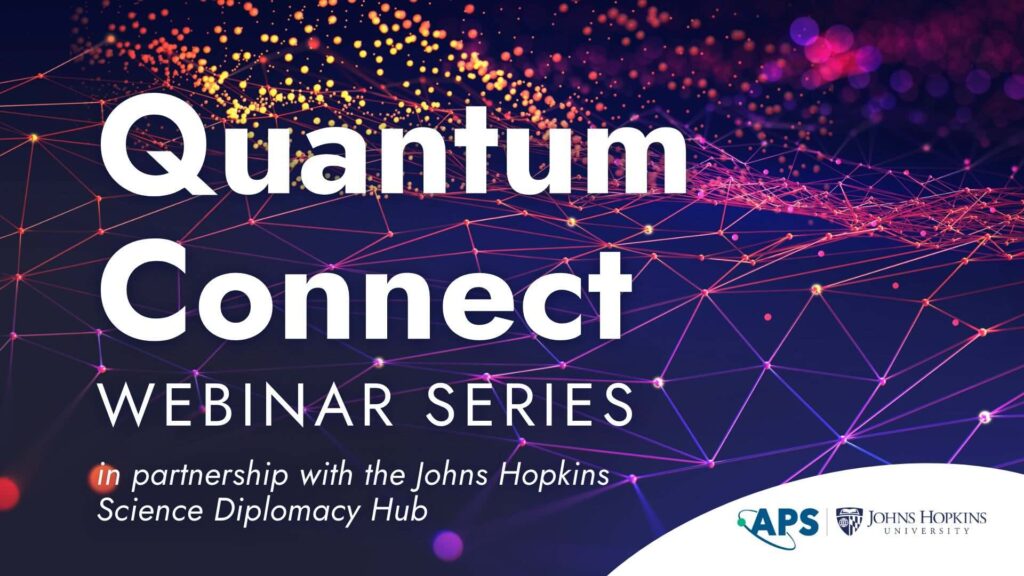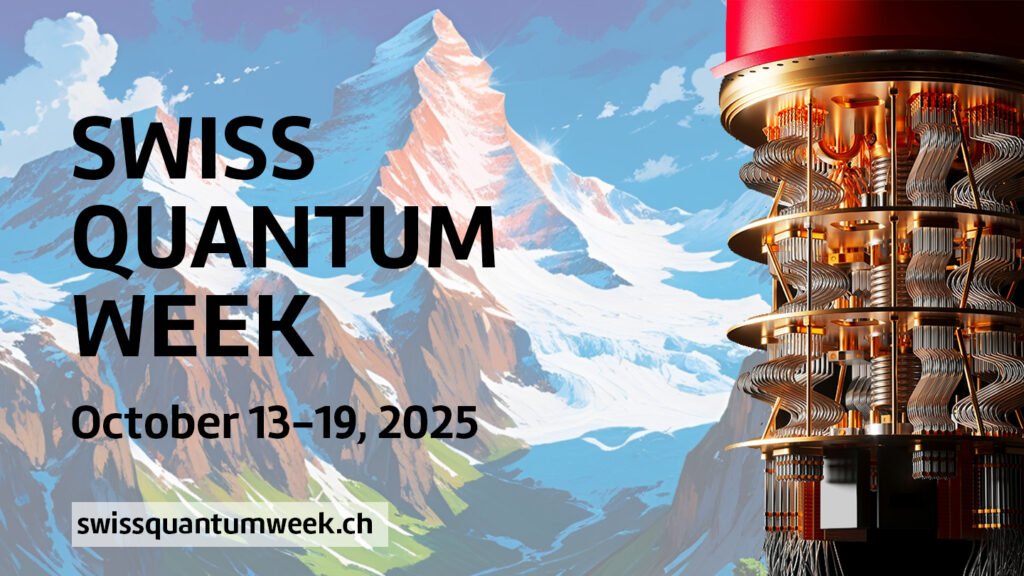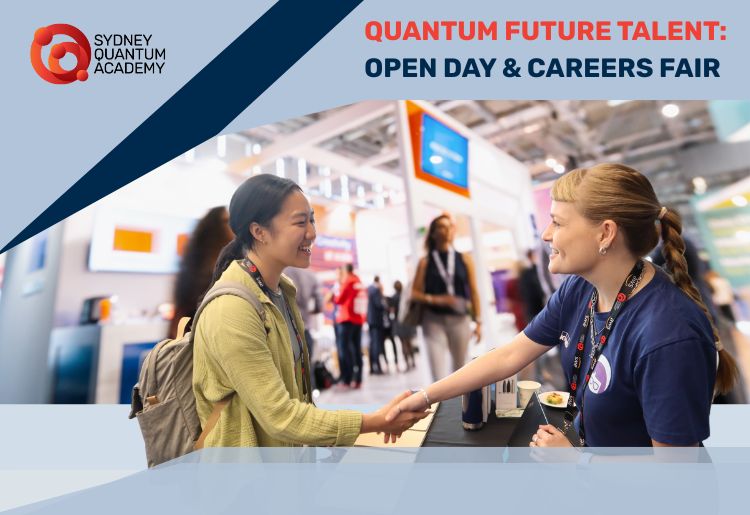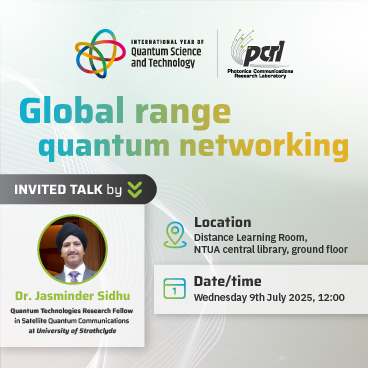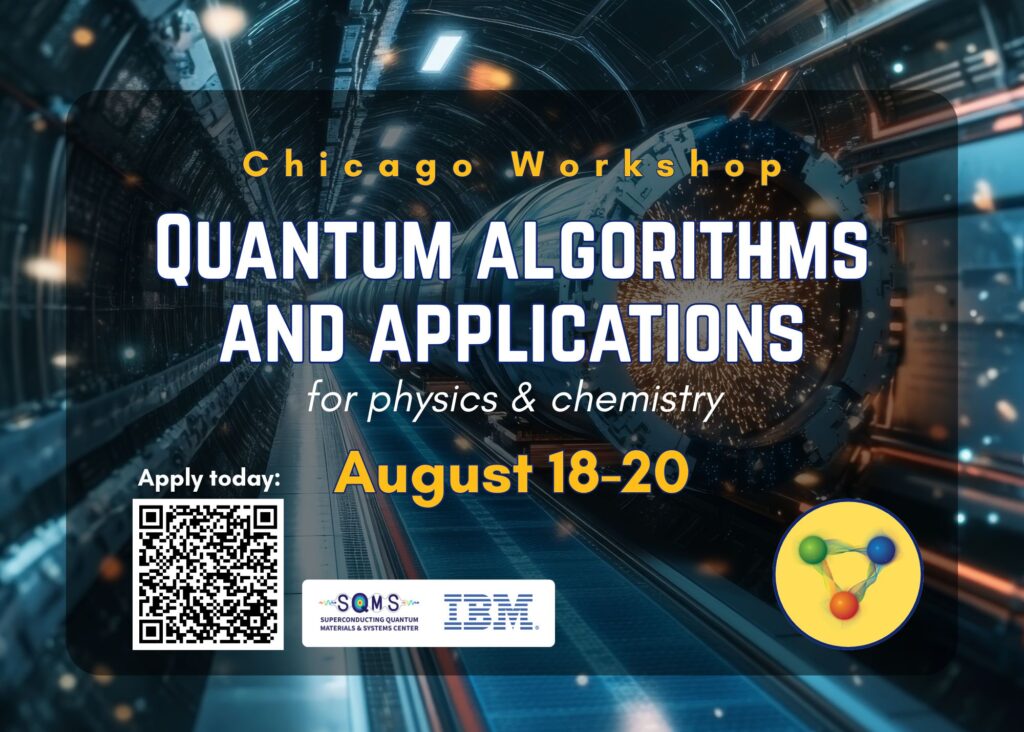El Departamento de Ciencias Naturales de la Universidad Pedagógica Nacional “Francisco Morazán” tiene el agrado de invitarles a “La Cuántica en Nuestro Mundo”, un evento dedicado a explorar los misterios y aplicaciones de la ciencia cuántica.
A lo largo del día, sumérgete en una serie de charlas magistrales de 45 minutos que abordarán temas como la dualidad onda-partícula, la evolución de nuestra comprensión del átomo, el impacto de los puntos cuánticos, el prometedor futuro de la computación cuántica y la relevancia de la seguridad radiológica en este campo.
Además, podrás apreciar una exposición de pósteres que ilustra la evolución histórica de la ciencia cuántica, ofreciendo una perspectiva visual y educativa sobre sus hitos y descubrimientos clave. Para una experiencia más interactiva, tendremos visitas guiadas al laboratorio de física, donde podrás presenciar directamente un fenómeno cuántico: los espectros de emisión de gases.

